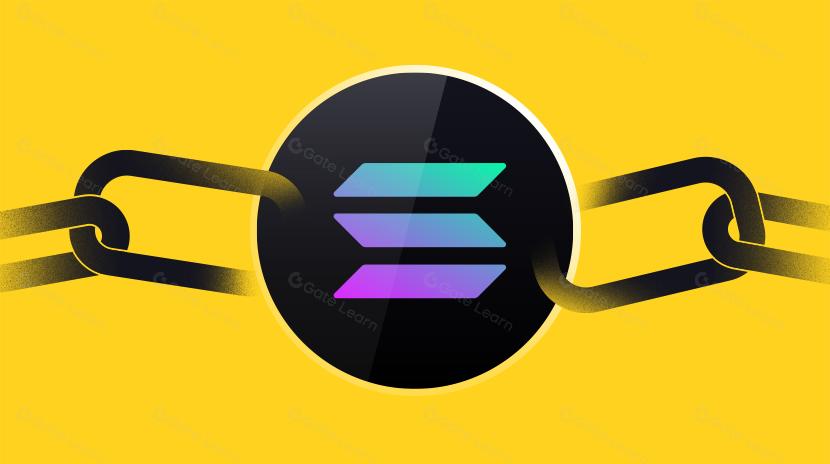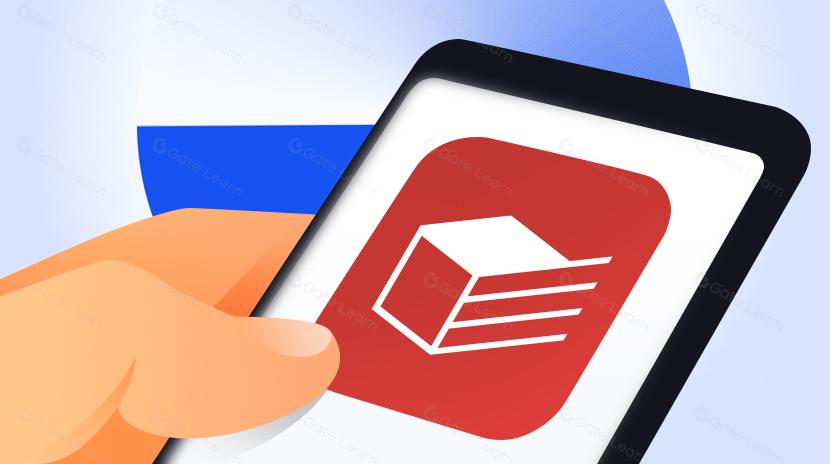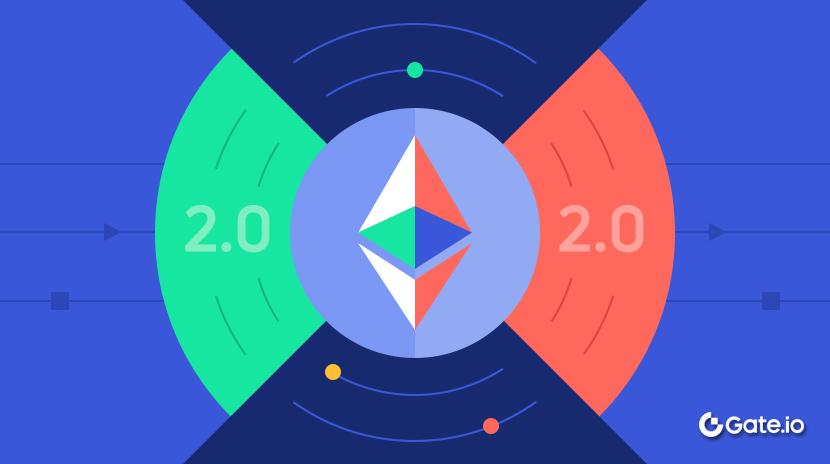How Polymarket Turns “Mechanisms” into “Probabilities”
Labeling Polymarket as a speculative platform is a fundamental mischaracterization. At its core, Polymarket aggregates collective human assessments of future events and compresses this information in real time, transforming it into a tradable financial asset. To truly grasp its pricing mechanism, we must move beyond the simplistic intuition that “$0.9 equals a 90% probability.”
This article starts with a practical question every trader will encounter, to uncover Polymarket’s rigorous pricing logic—and explain why that logic is unbreakable.
1. The Two Pillars of Polymarket: The Hard Constraints of Mathematics and Money
You don’t need to master complex models to understand Polymarket. Instead, focus on two hard rules that drive the system.
Pillar 1: Mathematical Constraint (Probabilities Must Sum to 100%)
Every Polymarket market is mathematically defined as a set of “complete and mutually exclusive” outcomes.
- Complete: Every possible outcome is explicitly listed.
- Mutually exclusive: No two outcomes can happen at the same time.
In the simplest binary market (e.g., “Will Event A occur?”), there are only two outcomes: {Yes} and {No}.
According to the basic axioms of probability, the total probability across all possible outcomes must equal 1 (100%). This gives us the first non-negotiable mathematical rule:
P(Yes) + P(No) = 1$
This equation anchors all subsequent analysis.
Pillar 2: Monetary Constraint (Total Price ≈ $1)
While mathematics sets the theoretical boundaries, Polymarket enforces them with real-world financial engineering.
This is achieved through the “$1 Payout Guarantee.”
Issuing a “Complete Set”: You cannot buy only “Yes” or only “No.” To participate, you must:
- Deposit collateral by transferring 1 USDC to the smart contract.
- Receive a pair: The contract instantly mints and delivers a complete set of outcome tokens, i.e., 1 USDC → 1 A-Token (Yes) + 1 B-Token (No).
Winner-takes-all settlement: When the contract settles, since the outcomes are mutually exclusive, the value of the set is strictly locked in:
If the oracle rules outcome “A”:
Your A-Token (Yes) is now worth $1 and can be redeemed for 1 USDC.
Your B-Token (No) becomes worthless.
(If outcome B occurs, the reverse applies.)
No-Arbitrage Price Anchor
This mechanism ensures that at expiration, the combined value of a complete {A-Token, B-Token} set is exactly $1.
Because this bundle is guaranteed to be worth $1 upon settlement, its market price today must closely approach $1. If not, arbitrageurs will immediately step in to correct it:
- Scenario 1: Combined price is less than $1 (e.g., $0.95)
If A-Token trades at $0.60 and B-Token at $0.35, the total is $0.95. Arbitrageurs will buy the full set for $0.95 and hold to settlement. When it pays out $1, they’ve locked in a risk-free profit of (1−0.95)/0.95 ≈ 5.26% (assuming the platform and USDC are risk-free). This buying pressure pushes the price back up to $1. - Scenario 2: Combined price exceeds $1 (e.g., $1.05)
If A-Token trades at $0.70 and B-Token at $0.35, totaling $1.05, arbitrageurs can deposit 1 USDC, mint a new {A, B} pair, and immediately sell it for $1.05, instantly profiting $0.05. This selling pressure drags the price back toward $1.
This two-way arbitrage creates a powerful equilibrium: the financial anchoring relationship:
V(A) + V(B) ≈ $1
We now have two distinct “hard constraints”:
- Mathematical: P(A) + P(B) = 1
- Financial: V(A) + V(B) ≈ $1
Polymarket’s entire pricing system is built on these two pillars. Next, we’ll explore how these constraints combine and ultimately lead to the core logic: “Price equals probability.”
2. Why Does a 90% Probability Sell for $0.9?
Previously, we established two hard constraints:
- Mathematical: The probabilities of “Yes” and “No” must sum to 1.
$P(A) + P(B) = 1$ - Financial: The prices of “Yes” and “No” tokens must sum to about $1.
V(A) + V(B) ≈ $1
2.1 Price as Probability: An Intuitive Derivation
When you compare these two constraints, Polymarket’s core logic becomes clear: the formulas have identical structures.
This strongly suggests that a token’s price V(A) represents the market’s best estimate of the probability P(A) that the event will occur.
Why must this relationship hold? Let’s consider the notion of fair value.
What is “fair value”? Suppose an event (A) has a 90% chance of occurring and 10% chance of not. The future cash flow of your A-Token (Yes) is:
- 90% chance it pays $1.
- 10% chance it pays $0.
The fair “expected value” (EV) of this “ticket” today is:
EV(A) = (90% x $1) + (10% x $0) = $0.9
- The fair value is $0.9. In a rational market, prices converge toward fair value.
- If price < fair value: If V(A) is 0.8, professional traders see this as a “discounted probability” and buy aggressively, pushing the price up to 0.9.
- If price > fair value: If V(A) is 0.95, traders see an “overpriced probability” and sell, driving the price down to 0.9.
This constant arbitrage ensures that the market price V(A) remains anchored to its expected value P(A).
V(A) ≈ P(A)
2.2 A Crucial Adjustment: Price = Probability Minus “Risk Premium”
Now, let’s add a professional refinement. You’ll often see polls showing a 95% chance for an event, but Polymarket’s price may only stabilize at $0.9.
Does this mean the market is “wrong”? Absolutely not. It’s the market correctly pricing in risk.
In financial engineering, it’s critical to distinguish two concepts:
- True probability (P): The “God’s-eye” objective chance (e.g., a poll’s 95%).
- Risk-neutral probability (Q): The probability reflected in actual financial market prices.
In reality, investors are risk-averse. Holding a token means accepting not just event risk, but also structural platform risks:
- Could the oracle fail?
- Could the smart contract be hacked?
- Could USDC loses its peg?
- Could the platform face regulatory action?
To take on these additional, unhedgeable risks, investors demand a discount—a “risk premium.”
Thus, a more precise pricing formula is:
V(A) = Q(A) — λ
Here, Q(A) is the risk-neutral probability and λ (lambda) is the composite risk premium—compensation for all the above platform and event risks.
So, when you see a $0.9 price on Polymarket, it signals: “This is the risk-neutral probability at which market participants are willing to stake real money, after adjusting for all identifiable platform and event risks.”
This is what fundamentally separates Polymarket from polls: Polls reflect “opinions,” while Polymarket prices “risk.”
3. How Are Prices Formed?
Earlier, we established two pillars:
- Mathematically, probabilities must total 1.
- Financially, prices must total about $1.
Let’s get practical. How does the $0.9 price you see on screen actually come about—and what keeps it anchored?
3.1 How Prices Are Discovered
The most common rookie mistake is to assume Polymarket works like an AMM such as Uniswap, using a fixed pricing formula (like x*y = k).
That’s incorrect.
Polymarket’s core is a Central Limit Order Book (CLOB)—just like Binance, Nasdaq, or any stock exchange.
- The $0.9 you see is the live transaction price where the highest bid and lowest ask meet.
- Prices are “discovered” by market participants, not “calculated” by the platform.
Polymarket combines speed and security:
- Lightning-fast (off-chain matching): You can submit, modify, or cancel orders instantly and for free, handled by a centralized server.
- Absolute security (on-chain settlement): Only filled orders are settled on-chain, ensuring asset safety.
What does this mean for market makers?
No slippage. If they post a $0.8 buy order, it fills at $0.8. This lets them reliably earn a $0.01 spread by posting $0.8 bids and $0.81 asks, just like in traditional equities markets.
3.2 Why Are Prices Consistently Tight and Stable?
You may wonder: If everyone posts orders as they wish, what if no one does—won’t prices become unstable?
This is where Polymarket’s elegant incentive model comes in, with two layers:
Incentive 1: Rebating “Performance Fees” to Market Makers
Polymarket charges no trading fees. Instead, after settlement, it deducts a performance fee (e.g., k%) from your net profit.
- Key point: This fee doesn’t go to Polymarket.
- The platform rebates the majority directly to market makers who provide liquidity (by posting orders). This attracts professional players and ensures deep, stable markets.
Incentive 2: Quadratic Scoring (Rewarding the Best Prices)
Rewards aren’t split evenly—they’re distributed using a “quadratic scoring” model.
In practical terms: The tighter your bid-ask spread, the exponentially greater your reward.
For example: In a market where the qualifying spread is 4¢.
Player A offers a 2¢ spread and earns a score of 0.25.
- Player B narrows the spread to 1¢ (twice as tight as A), and earns a score of 0.5625 (2.25 times A’s score!).
(Simplified formula: ∝(…)²)
This nonlinear incentive drives all market makers to “push prices as close as possible to the fair midpoint.”
What’s the benefit for newcomers?
As a regular user, you always benefit from the ultra-tight spreads and low trading costs created by intense professional competition.
About Movemaker
Movemaker is an official community organization authorized by the Aptos Foundation and jointly launched by Ankaa and BlockBooster. Its mission is to support and grow the Aptos ecosystem in Chinese-speaking regions. As Aptos’s official representative in these regions, Movemaker has received multi-million-dollar funding and resources from the Aptos Foundation. The group is dedicated to connecting developers, users, capital, and ecosystem partners to build a diverse, open, and thriving Aptos ecosystem.
Disclaimer
This article/blog is for informational purposes only. The views expressed are solely those of the author and do not represent the positions of Movemaker or any related party. This article does not constitute: (i) investment advice or recommendations; (ii) an offer or solicitation to buy, sell, or hold digital assets; or (iii) financial, accounting, legal, or tax advice. Digital assets (including stablecoins and NFTs) carry very high risks and extreme volatility, and may become worthless. You should carefully assess whether trading or holding digital assets is appropriate for you based on your own financial circumstances. Please consult legal, tax, or investment professionals for advice tailored to your situation. The information provided here (including market data and statistics, if any) is for general reference only. While reasonable care has been taken in preparing this data and charts, no party accepts responsibility or liability for any factual errors or omissions in this document.
Statement:
- This article is reprinted from [Movemaker], with copyright belonging to the original author [Movemaker]. If you have any concerns about this reprint, please contact the Gate Learn team, and we will address the matter promptly in accordance with relevant procedures.
- Disclaimer: The views and opinions expressed in this article are solely those of the author and do not constitute investment advice of any kind.
- Other language versions of this article are translated by the Gate Learn team. You may not copy, distribute, or plagiarize the translated article without mentioning Gate.
Related Articles

The Future of Cross-Chain Bridges: Full-Chain Interoperability Becomes Inevitable, Liquidity Bridges Will Decline

Solana Need L2s And Appchains?

Sui: How are users leveraging its speed, security, & scalability?

Navigating the Zero Knowledge Landscape

What is Tronscan and How Can You Use it in 2025?
